ASCENDANT - DESCENDANT
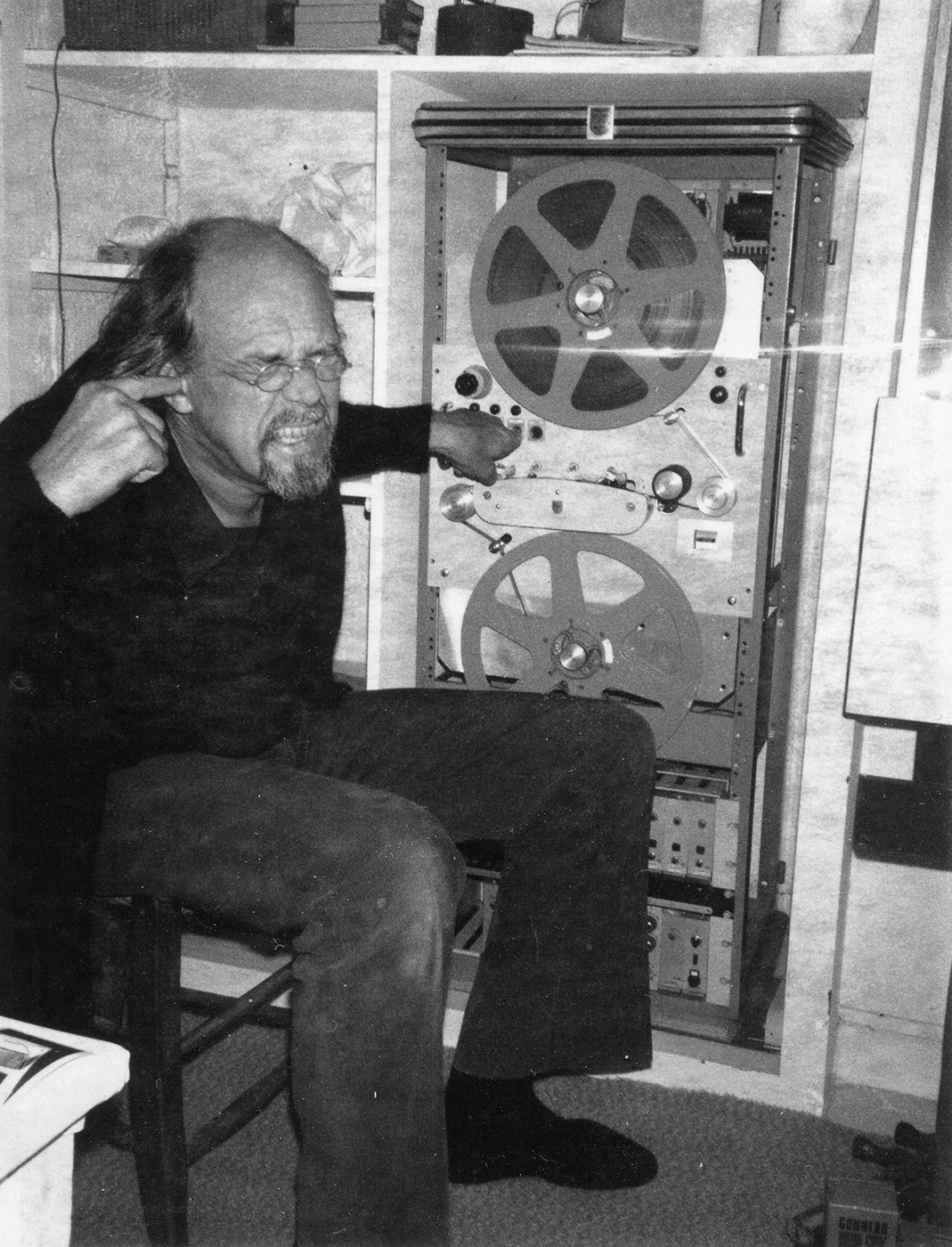
ASCENDANT - DESCENDANT
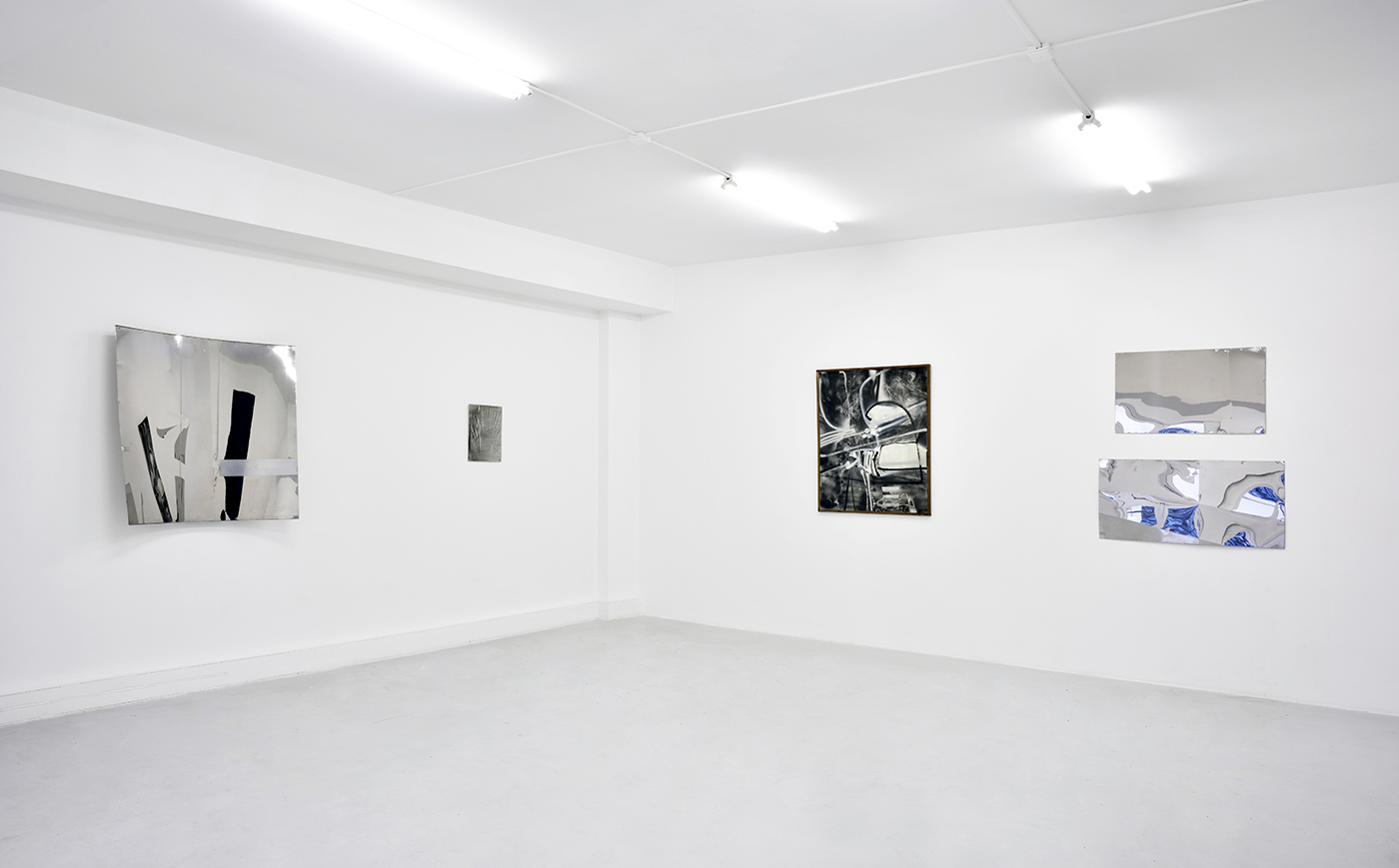
ASCENDANT - DESCENDANT
Exhibition view
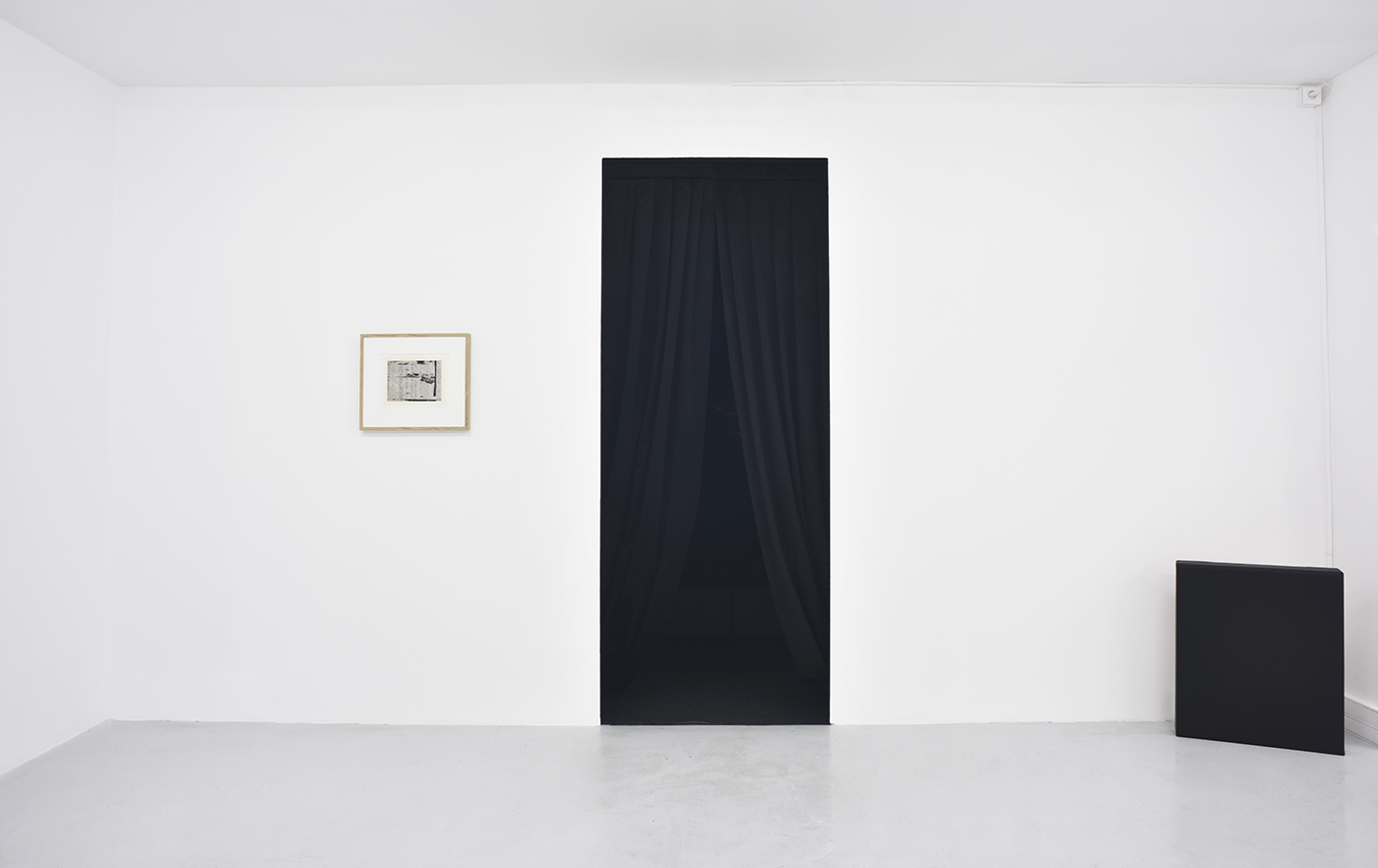
ASCENDANT - DESCENDANT
Exhibition view
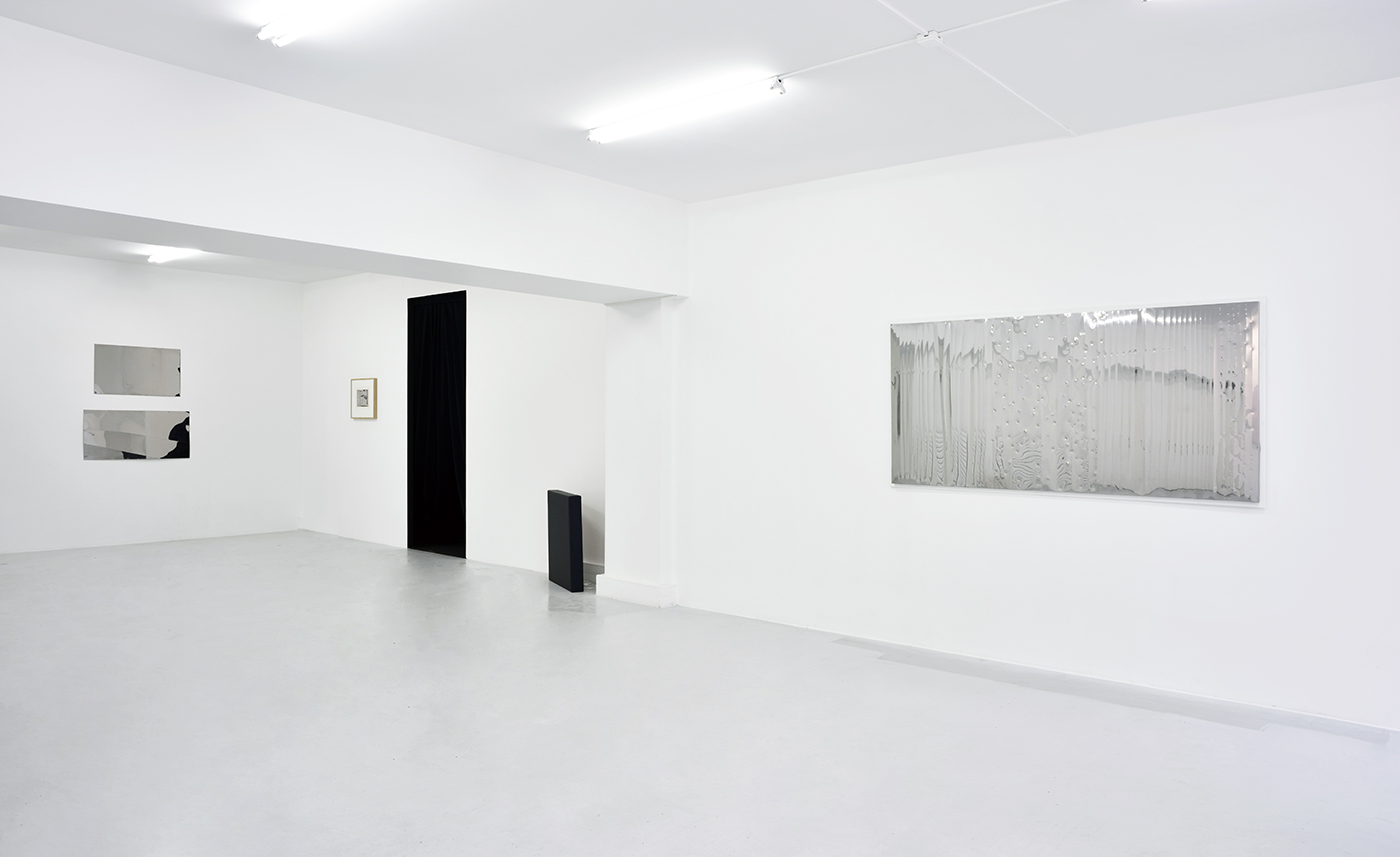
ASCENDANT - DESCENDANT
Exhibition view
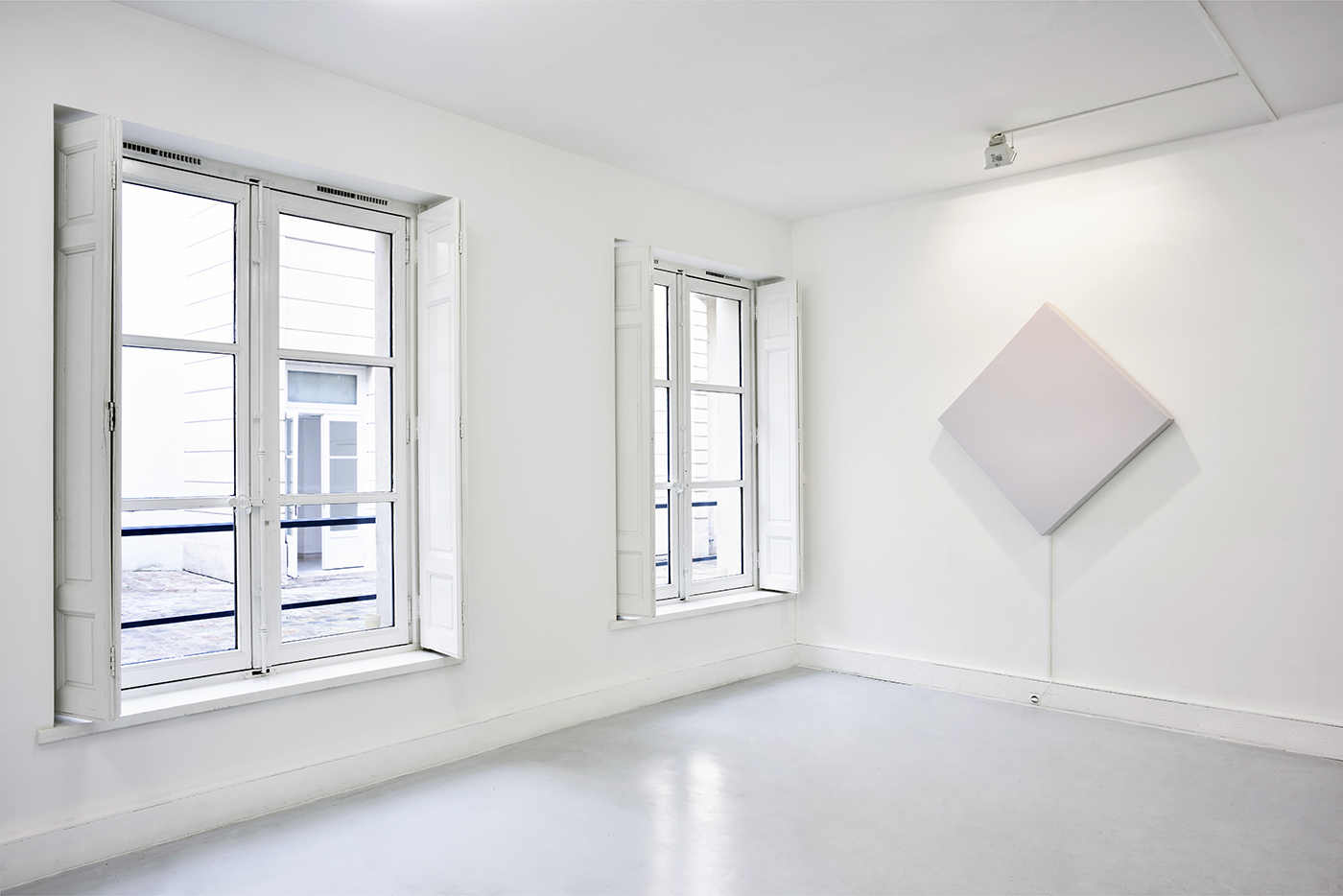
ASCENDANT - DESCENDANT
Exhibition view

ASCENDANT - DESCENDANT
Exhibition view
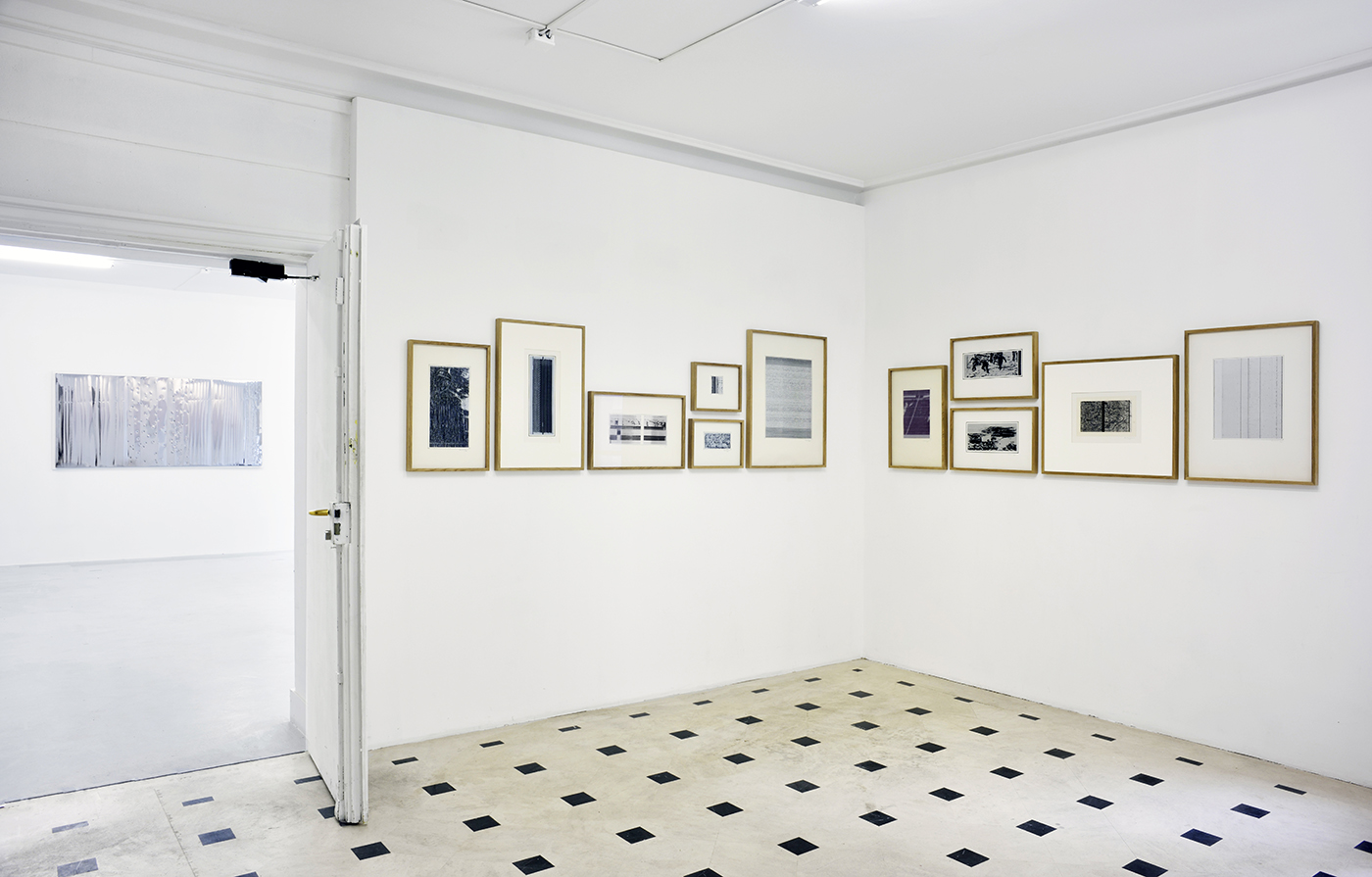
ASCENDANT - DESCENDANT
Exhibition view
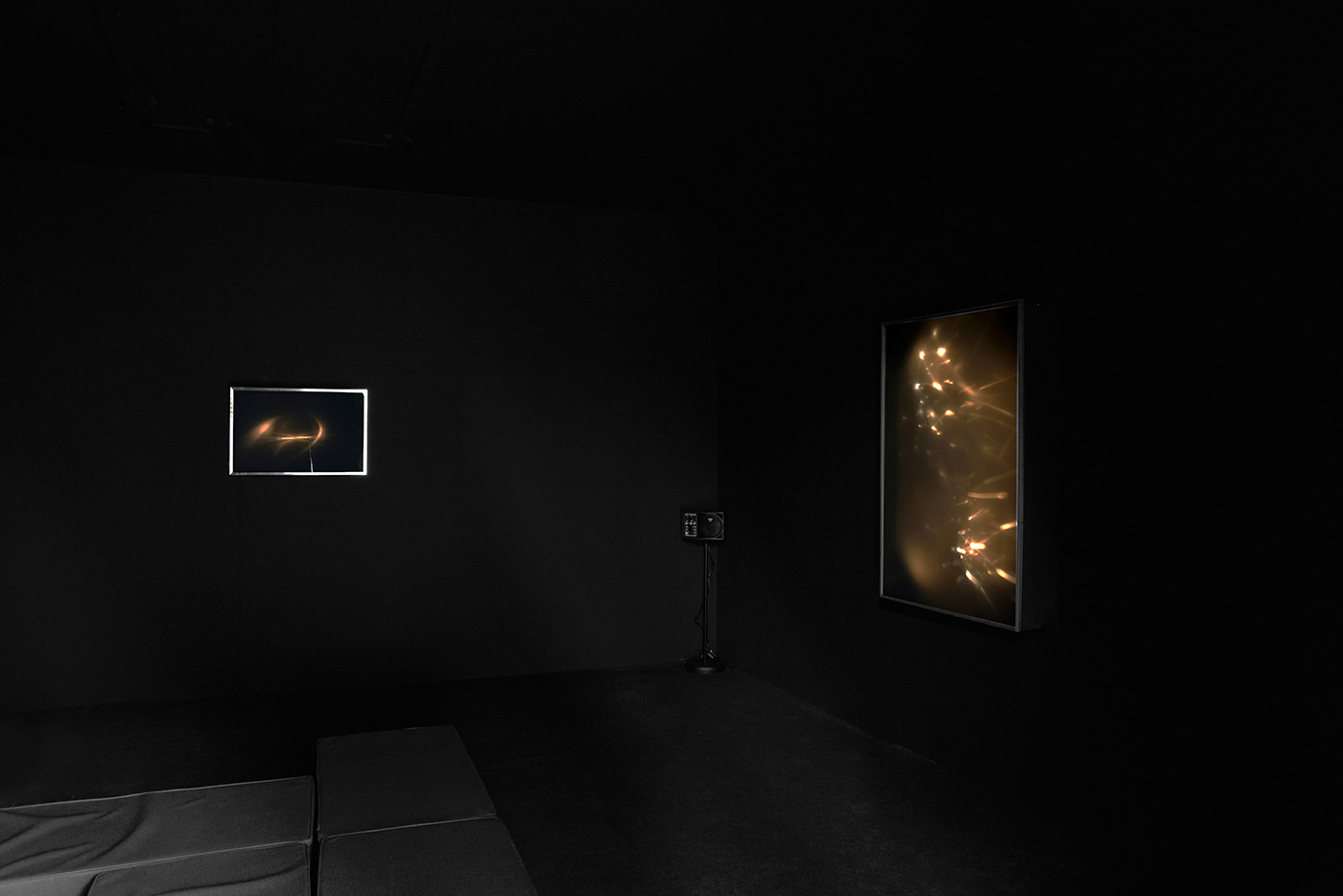
ASCENDANT - DESCENDANT
Exhibition view

ASCENDANT - DESCENDANT
Exhibition view

ASCENDANT - DESCENDANT
Exhibition view
The In Situ gallery is happy to present an exhibition dedicated to the work of Lars Fredrikson. His last retrospective was held in 1992.
Lars Fredrikson started, in 1965, a prospective work on the "plastic space" idea. His research led to the creation of his "sound sculptures." Immaterial systems, they aimed at questioning the modalities of perception by using sound frequencies. In this perspective, he established a dichotomy between plastic sounds and normal sounds, "plastic sounds are in very very low frequencies and ?normal? sounds are in audible frequencies."1 This concerned, from this point on, no longer listening to sounds but discerning frequencies revealing the action of perceiving, feeling. With his reference points blurred, the viewer becomes the subject of the experiment by absorbing noises and incarnating the sound substance. In becoming the echo, an inexpressible physical sensation results: "I wanted to free myself from everything, to no longer see the sound that intervenes on me, in me."2
Created in the early 1970s, the Inox works comprised an important milestone in his approach. The hammered, folded, bent or incised material provides the viewer with a disconcerting visual experience. The metal surface deforms and disturbs the perception of the real; it produces an altered and distorted representation of the viewer who questions the idea of the tangible and the intangible. Moreover, the Inox pieces function as a "resonance chamber with the surrounding sounds."3 They invite the viewer to vibrate with the void of the silence: "I wanted my sculpture to talk about the space in which we find ourselves, to provide indications on what surrounds us "including the sidereal space."4 By creating a mise en abyme of the body, the Inox sculptures launched a reflection on materiality.
For his Fax series, created in the 1980s, Lars Fredrikson developed a machine capable of capturing and recording signals and sounds from outer space. The latter were then transcribed using a system composed of an engraving needle on electro-sensitive paper. The result was oscillations, the products of the captures of the variation and height of the frequencies. Thus, sound becomes the generator of graphic forms, like engravings. Lars Fredrikson made sound go from the invisible to the visible, from the immaterial to the material, from the cosmic to the real. The Fax series invites the viewer to move into another dimension.
Lars Fredrikson is a Swedish artist who was born in 1926 in Stockholm and died in 1997 in Vevouil (France). A teacher at the École d'Art Décoratif de Nice (the Villa Arson), in 1971, he was appointed to the audiovisual department, in which he created and directed, until 1991, the first ?Sound and electro-acoustical and visual research? workshop. In 1972, a solo exhibition titled "Espaces virtuels" was held at the Fondation Maeght, in Saint Paul de Vence, and was devoted to his Inox sculptures.? In 1978, the Caisse gallery, run by Noël Dolla, devoted a solo exhibition to him. The following year, he created a sound composition for the ballet Traversées des lieux by Jean-Pierre Soussigne and in collaboration with Samuel Beckett, with whom he became friends. In 1992, a major retrospective was held in Gordes, during which his collages (1965), Inox (1970), lighting and movements (1966-1980) and painting and watercolors (1965-1996) were exhibited in four different locations simultaneously. In 1995, he created six major sound works for the "Mur du son" of the Villa Arson. Lastly, in 2007, the Pierre Brullé gallery proposed an exhibition on his Inox pieces.
1 Interview with Lars Fredrikson, extract from the publication L?Ollave, 1998
2 Ibid.
3 Marc Bembekoff concerning Carré 1 (1971)
4 In L?espace plastique - Paysage de l?âme et portraits critiques, Name, Genoa, 1999, p.95